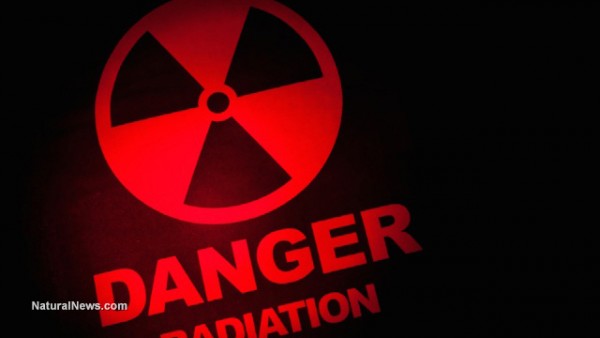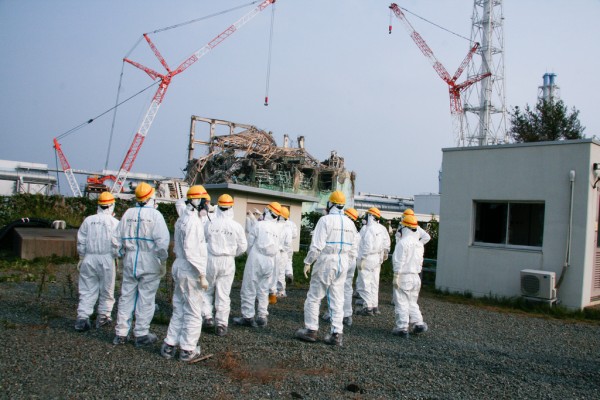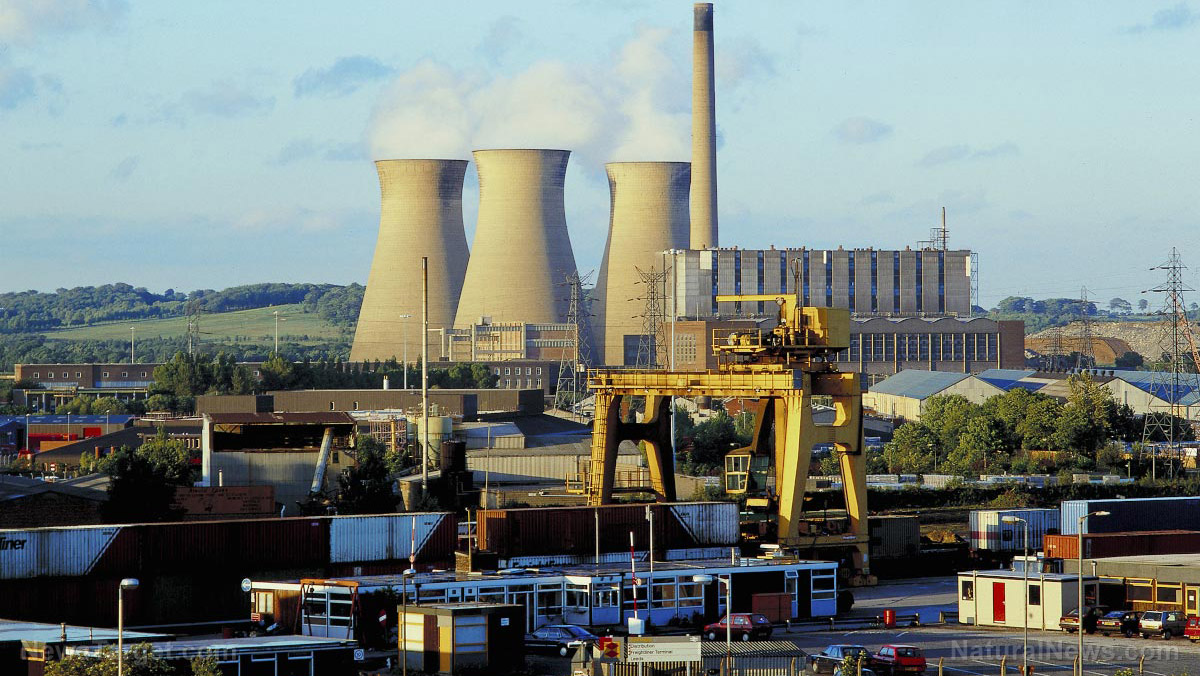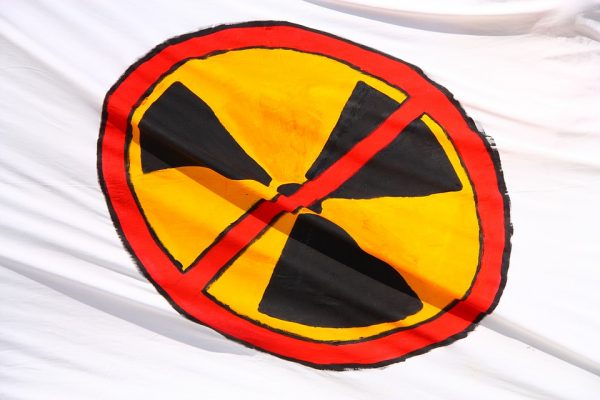Radioactivity still lingering in the Pacific Ocean from nuclear bomb tests more than 50 years ago
12/22/2017 / By Russel Davis
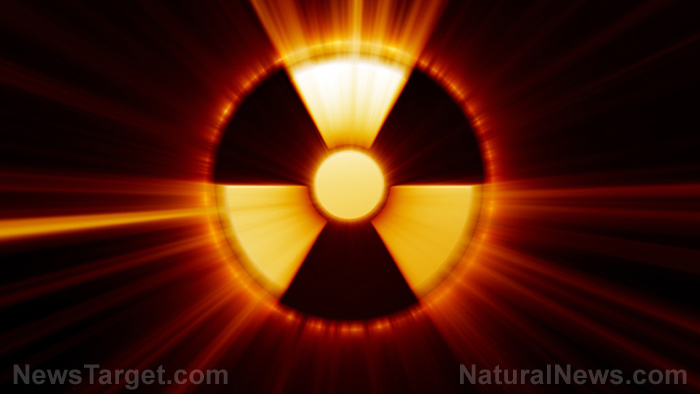
A study published in the journal Science of the Total Environment revealed that radioactivity remains persistent in the lagoons of remote Marshall Island atolls in the Pacific Ocean where the United States carried out a total of 66 nuclear weapon tests between the 1940s and 1950s. A team of researchers at the Woods Hole Oceanographic Institution (WHOI) noted that while levels of radioactive cesium and plutonium have declined since the 1970s, the toxic elements continue to be released in the sea.
Data obtained from analyzed water samples showed that the levels of plutonium were 100 or more times higher in lagoon waters than the surrounding Pacific Ocean. The experts also found that the levels of a radioactive form of cesium were twice as high in the lagoon waters compared with the surrounding oceans. The scientists also cited that radioactive groundwater is not leaking much from the Runit Dome — an immense 350-foot-wide concrete lid that contains 111,000 cubic yards of radioactive soil — but cautioned that the structure’s bottom is not lined and is situated below sea level.
“Already the sea sometimes washes over [the dome] in a large storm. The United States government has acknowledged that a major typhoon could break it apart and cause all of the radiation in it to disperse. I’m persuaded that the radiation outside the dome is as bad as the radiation inside the dome. And therefore, it is a tragic irony that the U.S. government may be right, that if this material were to be released that the already bad state of the environment around there wouldn’t get that much worse,” said Michael Gerrard of Columbia University.
Japan’s Fukushima power plant is also leaking radioactive water
Just like the Marshall Islands, the aftermath of the Fukushima disaster has left ground water contaminated with radioactive materials six years after the unfortunate event. A team of researchers obtained samples from eight beaches within 60 miles of the power plant between 2013 and 2016 as part of their study. (Related: Blunder at Fukushima: Mistake may have contaminated groundwater with radioactive waste)
The experts observed that the levels of radioactive waste in some groundwater samples were as much as 10 times higher than samples taken from the port around Fukushima itself. Likewise, the experts have detected radioactive wastes in sands and brackish water as far as 60 miles away from the nuclear plant. According to the scientists, higher levels of radioactive materials ran up to more than three feet deep in the sand. The scientists explained that the sand acted like a sponge and absorbed the radioactive materials following the 2011 power plant failure. The experts have also cautioned that the toxic wastes are slowly being released back into the ocean.
“No one expected that the highest levels of cesium in ocean water today would be found not in the harbor of the Fukushima Dai-ichi nuclear power plant, but in the ground water many miles away below the beach sands. Only time will slowly remove the cesium from the sands as it naturally decays away and is washed out by seawater,” said Virginie Sanial of WHOI.
Discover more news on radiation science at Radiation.news.
Sources include:
Tagged Under: cancer, Fukushima, radiation, radioactive chemicals, toxic chemicals, toxic water













